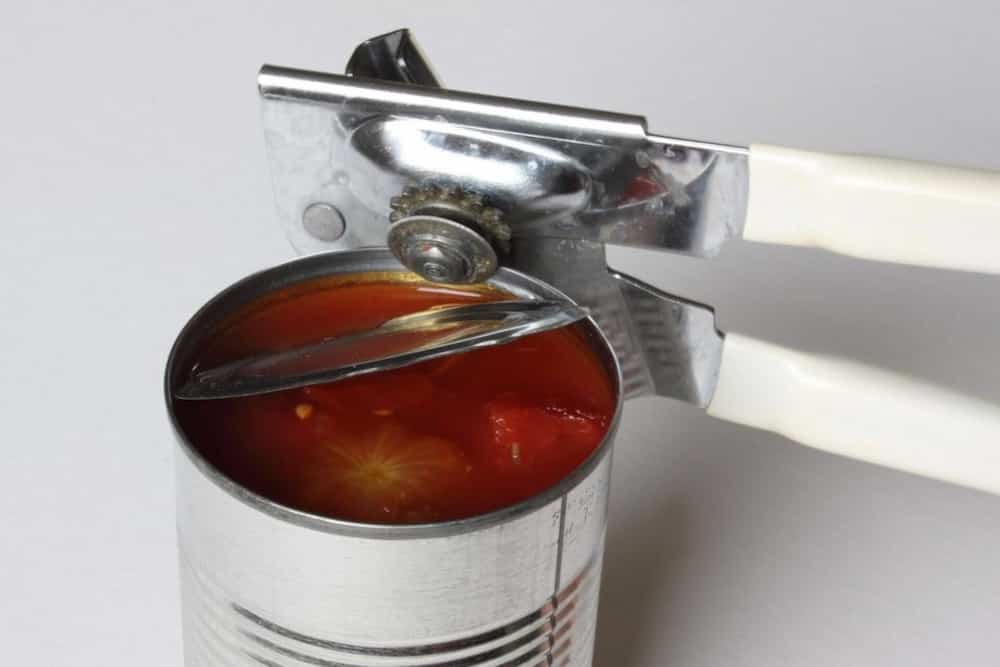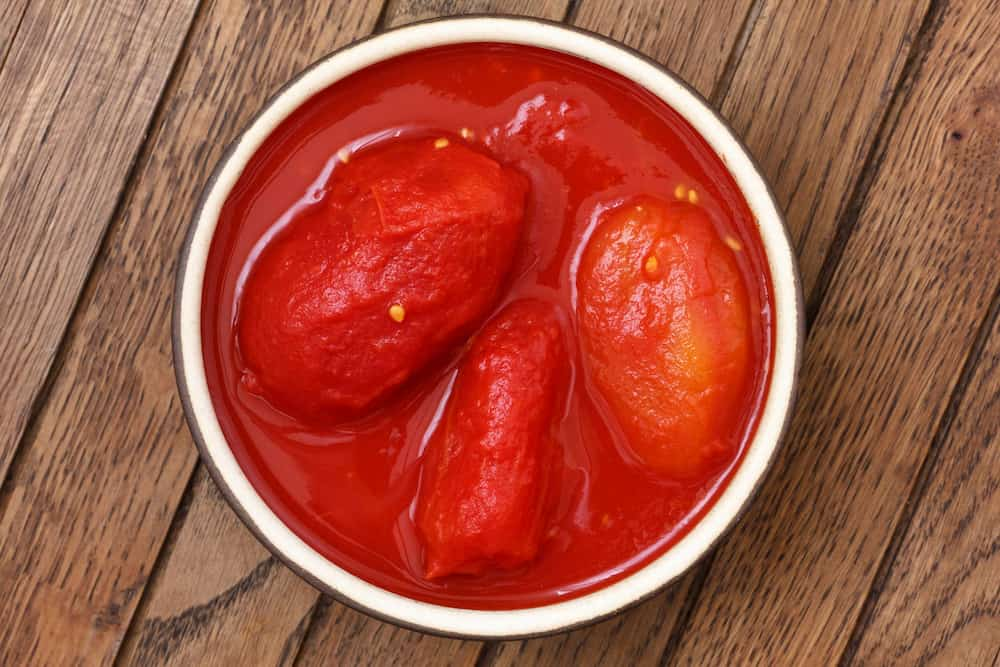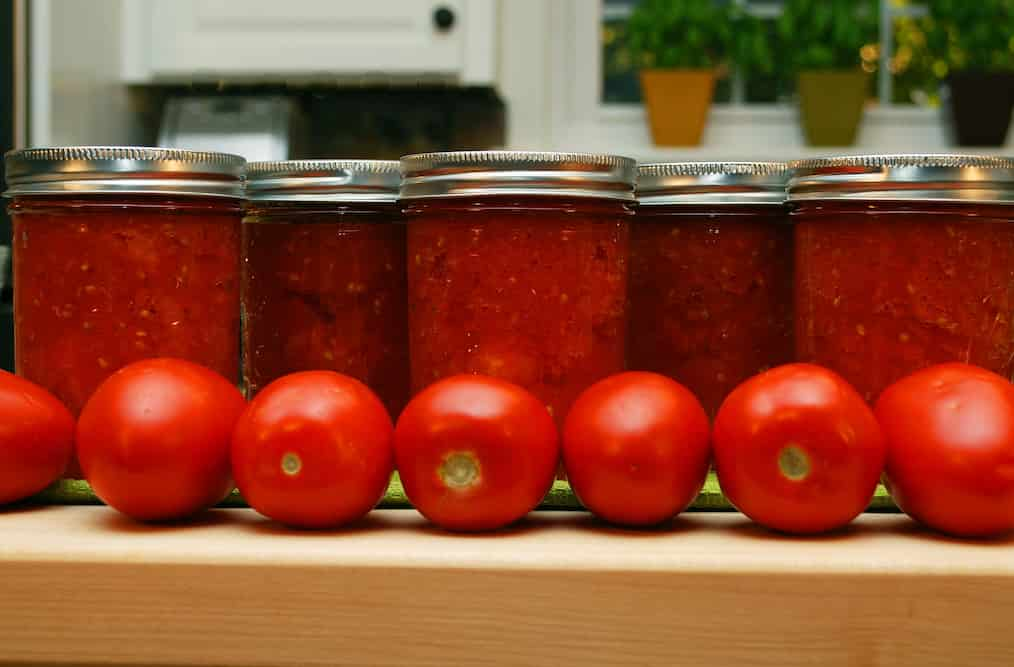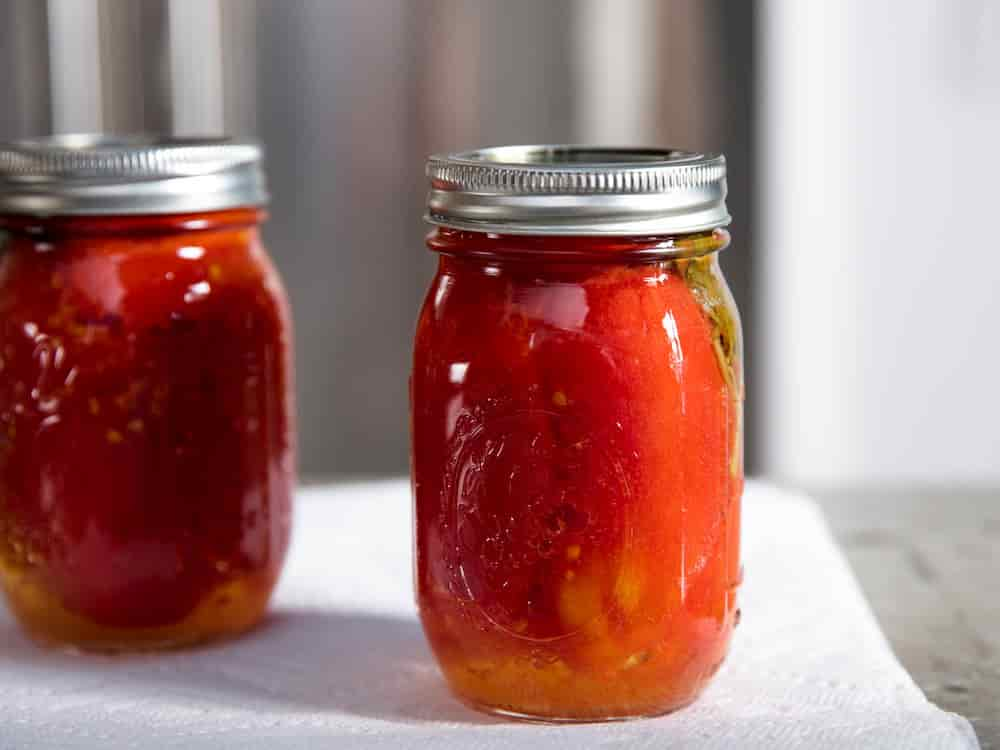One of the vegetables that are canned the most frequently is the tomato.
Recipes for how to preserve tomatoes in jars have been passed down through the family from one generation to the next. To preserve the paste they increased its acidity.
But remember the rate of PH affects the body’s health. Regrettably, the majority of canning recipes do not sufficiently boil the food to kill all of the microorganisms that cause spoilage.
Because the recommendations for canning tomatoes have evolved over the years, you need to be sure that you adhere to the most recent rules whenever you process tomatoes for canning.
In order to ensure that the level of acidity in each jar is within acceptable parameters before processing it, add a little amount of bottled lemon juice or citric acid.

Make a well in the bottom of each quart jar before adding the tomato product.
Then, using either two tablespoons of bottled lemon juice or half a teaspoon of citric acid crystals, pour the acid into the well. When storing food in pint jars, cut those amounts in half before processing. It is recommended that acidification be performed on other tomato products as well.
Because they already include sizeable amounts of vinegar, many varieties of catsup and barbecue sauce do not need any extra acidification to reach the necessary level of acidity. This is because vinegar is already present in the product.
If you’re not sure, just add some lemon juice. The amount of time required to complete certain processes has increased as time has passed. The packing method and any extra components also play a role in determining the total length of time necessary for the processing step.
Remember that the amount of time that is recommended for the process will need to be adjusted in order to account for the altitude at which you are operating.
The processing procedure can also be completed with the use of a pressure canner to preserve the tomatoes.
Canning tomato products under pressure is required if the product also contains vegetables or meat in addition to tomatoes. The use of normal tomatoes is beneficial to both the production of tomato juice and canned tomatoes.
The Italian and plum varieties provide fruit that can be used in a variety of culinary applications, including the creation of sauces, salsas, ketchup, and purees. When using low-acid tomatoes, there is no need to make any changes to the recipe in order to ensure that the meal is safe to eat.
This is because the inherent sweetness of this type of tomato cancels out the acidity of the tomato, thus there is no need to make any alterations to the recipe.

Even though the tomatoes have a healthy appearance and seem to be in good shape, if they were grown under particular conditions, it is possible that they are not safe for canning.
Tomatoes that have blight, as well as tomatoes that come from vines that have died or been destroyed by frost, may have a lower acidity level and are more likely to spread germs. This is also true for tomatoes that come from dead or frost-killed tomato plants.
The two categories can be combined into one another. Tomatoes have a pH that fluctuates from 4.3 to 4.9, indicating that they are extremely acidic due to their low alkaline buffering capacity.
Consuming foods with a pH of 4.6 or lower are considered acidic, and doing so may aggravate symptoms of gastroesophageal reflux disease (GERD), acid reflux, and heartburn. The following is a general rule of thumb.
Because of their high acidity level, which can induce gastrointestinal distress, tomatoes are not advised for ingestion by people who suffer from a range of food sensitivities.
This is because tomatoes are not only acidic but also very juicy. The prevention of botulism poisoning and other bacterial concerns in tomatoes that have been acidified for the purpose of canning can be achieved through a combination of acid and heat; however, the prevention of botulism poisoning and other bacterial concerns in vegetables, meat, and other naturally low-acid foods can only be achieved through the application of heat alone.
The bacteria that cause botulism poisoning are able to grow and produce toxins in sealed jars of moist food that are kept at room temperature if the food has a pH (a measure of acidity) that is higher than 4.6. These jars must also be kept at room temperature.

Vegetables, meat, fish, and other foods naturally have a pH that is above 4.6 and close to 6.0; consequently, pressure processing methods were developed for these foods in order to eliminate the heat-resistant spores of Clostridium botulinum bacteria that are likely to be present in them. These spores can cause foodborne illness if they are not killed by high temperatures.
In addition to this, there is a possibility that tomatoes have a pH level that is naturally greater than 4.6.
(At a minimum of up to 4.8). However, because their pH is so close to 4.6, the USDA has decided that rather than developing a pressure-only process as if they were all low-acid, they will instead recommend the addition of a small amount of acid so that they can be treated as a food with a pH that is lower than 4.6 when home-canning it.
This will allow them to be processed in the same manner as foods that have a pH that is lower than 4.6. As a consequence of this, once the acid has been added, they are prepared to be canned using boiling water once they have reached the proper pH level.
(In order to be able to give tomatoes a heat treatment that is less harsh than what would be required for suppressing botulism and other forms of bacteria, the commercial industry frequently adds citric acid to tomatoes.) There are two ways that are recommended for preserving tomatoes, and they are canning in boiling water and canning under pressure. When you look at the canning recommendations published by the USDA, you will find that there are two techniques recommended for preserving tomatoes.

On the other hand, the quantity of heat treatment necessary for either of these approaches is equivalent to that required by the method with boiling water. (The amount of overall processing time is reduced as a direct result of a higher temperature.)
These pressure procedures do not involve the same level of heat and time that would be required for canning a low-acid meal in order to prevent botulism from forming. This is necessary since canning a low-acid food requires a certain degree of heat.
Because there is no method that has been thoroughly researched that enables the pressure canning of low-acid tomatoes without the addition of additional acid, the process times that are currently available necessitate the addition of acid just as if they were being processed in boiling water.
This is because there has not been a method that has been fully investigated that enables the pressure canning of low-acid tomatoes without the addition of additional acid. Tomatoes have the potential to enhance the flavor of your favorite foods while also contributing to their overall nutritious content.
Tomatoes, which have a high level of acidity, can be a substantial source of discomfort for persons who suffer from ulcers or other acid-related digestive disorders. This is because of the tomatoes’ high level of acidity.
After cooking the tomatoes, reducing the acidity that they produce can be accomplished by adding some baking soda to the mixture and stirring it together. Additionally, the seeds can be removed, the cooking time can be shortened, or the tomatoes can be utilized in a meal in their raw state.

The tomatoes, after being sliced into pieces, should then be cooked for approximately ten minutes over a heat setting that is medium.
If you intend to include the tomatoes in another dish that will be served at a warm temperature, you might not require as much time to prepare them as you would otherwise. If you cut the meat into larger pieces, you might discover that it requires a little bit more time to cook than normal.
Be careful to keep a close eye on the tomatoes and take them off the heat as soon as they begin to show indications of burning or getting too crispy.
Keeping a tight check on the tomatoes is essential. After turning off the heat, stir a quarter of a teaspoon’s worth of baking soda into the contents of the skillet.
If you have more or fewer tomatoes than that, you need to adjust the amount of baking soda so that it is appropriate for the number of tomatoes you have.
This quantity is suitable for six tomatoes that are medium in size. Give the baking soda a vigorous toss so that all of the tomato pieces are coated with a thin layer of it.
This will ensure that the baking soda will not evaporate. There will be a popping sound created as the baking soda is brought into contact with the acid in the tomatoes. After all of the remaining components have been added, the meal should be brought to its final stage of cooking.
As soon as the bubbling stops, which should take no more than a minute at most, you should finish cooking the food.
Baking soda will reduce the overall acid level of the meal, but the flavor of the food will typically not be significantly altered in any manner by the addition of baking soda.

Your comment submitted.